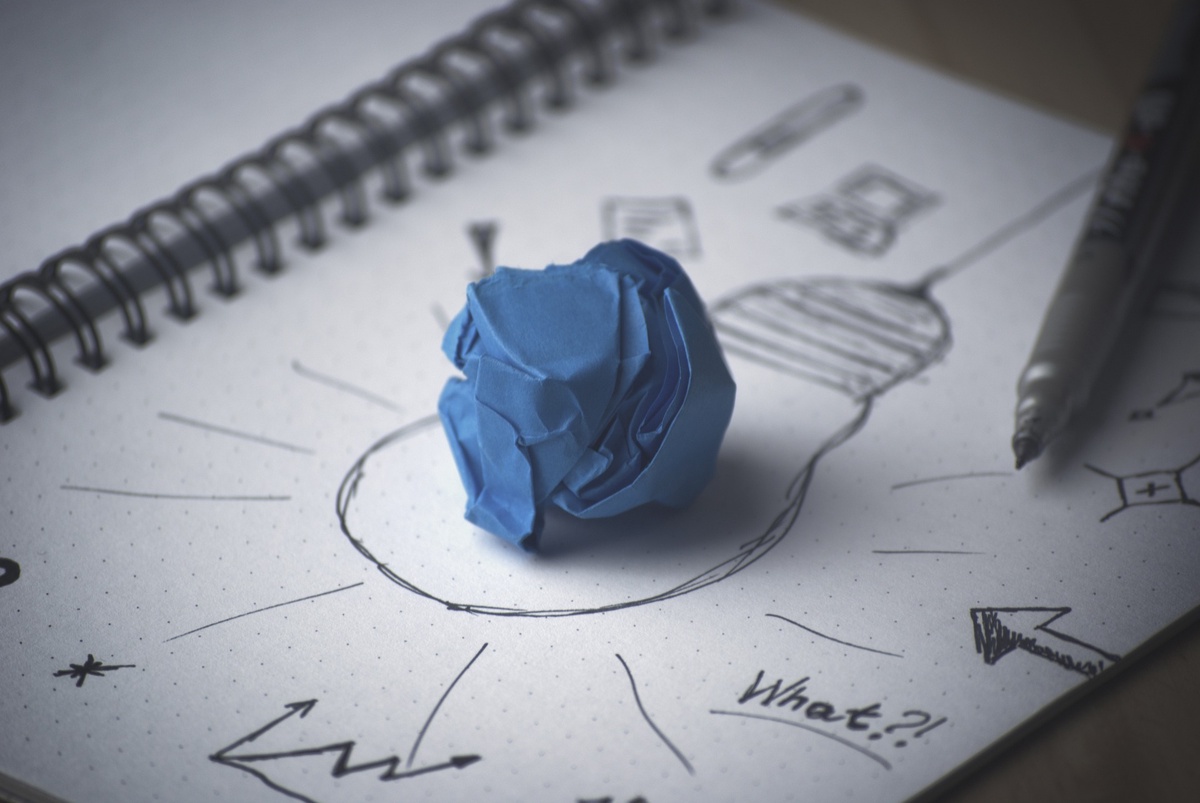In the ever-evolving landscape of product development, turning a brilliant idea into a tangible, market-ready product is a complex and multifaceted journey. This process involves a series of interconnected steps, each demanding meticulous planning, creativity, and unwavering determination.
In this article, we’ll explore the intricate process of taking an idea for a new product from its inception to the moment it's available for purchase.
Phase 1: Conception And Idea Generation
Every successful product starts with a spark of inspiration. This initial phase is all about brainstorming, ideation, and identifying unmet needs in the market.
Entrepreneurs and innovators may gather around a table, discuss potential solutions, and map out the blueprints of what could become the next game-changing product. This is the creative genesis of the journey, where ideas are nurtured and refined.
Phase 2: Research And Feasibility
Once a promising concept emerges, it's essential to delve into comprehensive market research. This phase involves identifying the target audience, assessing the competition, and understanding the potential demand for the proposed product.
A feasibility study is conducted to evaluate whether the idea is financially and technically viable.
Phase 3: Design And Prototyping
With a well-researched concept in hand, the design phase comes into play. This step entails creating detailed sketches, digital designs, or prototypes to visualize the product's form and function.
Designers and engineers collaborate to fine-tune the product's specifications, ensuring it aligns with the initial vision.
Phase 4: Development And Engineering
Once the design is perfected, the development and engineering phase kicks off. This stage involves turning the concept into a working prototype. Engineers work on materials, manufacturing processes, and the technical aspects of the product.
Collaborations with suppliers and manufacturers are crucial in ensuring the product can be mass-produced efficiently.
Phase 5: Testing And Refinement
To ensure a product meets quality standards, rigorous testing and refinement are necessary. This phase may involve repeated testing for durability, functionality, safety, and user-friendliness.
Feedback from these tests informs necessary improvements, leading to a refined and reliable product.
Phase 6: Intellectual Property And Legal Considerations
During the development process, it's essential to protect intellectual property through patents, trademarks, or copyrights. Legal experts play a pivotal role in safeguarding the innovation, making it an integral step for long-term success.
Phase 7: Production
With a finalized design and well-tested prototype, the project moves into the production phase. This is where the product is manufactured at scale.
Manufacturing processes and supply chain logistics must be carefully coordinated to ensure that the product can be produced in quantities that meet market demand.
Phase 8: Marketing And Promotion
Simultaneously, marketing strategies must be put in place to create a buzz around the upcoming product. This phase involves branding, packaging design, and the creation of marketing materials.
Social media, advertising, and public relations campaigns help generate interest and anticipation among potential customers.
Phase 9: Distribution And Sales
As production ramps up, distribution channels need to be established. This includes deciding whether to sell the product directly to consumers, through retailers, or via e-commerce platforms.
Sales teams and distribution partners play a pivotal role in reaching the target audience.
Phase 10: Launch And Customer Feedback
The long-awaited launch marks a critical moment in the product's journey. This is the time when the product becomes available for purchase by the public. It's essential to collect feedback from early customers to further refine the product and address any issues.
Phase 11: Scaling And Expansion
A successful launch doesn't mark the end of the journey. The product's performance in the market and customer feedback will inform subsequent phases of development. Scaling up production, expanding to new markets, and introducing product variants are common steps in the ongoing growth of a product.
Phase 12: Maintenance And Improvement
Even after a product is available for purchase, the work is far from over. Continuous maintenance and improvement are required to keep the product competitive and relevant.
This may involve updates, customer support, and addressing any issues that arise over time.
12 Steps To Bringing Your Idea To Life
Taking an idea for a new product from its conception to a market-ready state is a multifaceted journey that demands creativity, perseverance, and a strategic approach.
It involves a series of interlinked phases, from the initial spark of inspiration to the moment customers can finally purchase the product. Each stage is integral to the product's success, and a dedicated team of innovators, designers, engineers, and marketers work tirelessly to navigate this path.
This process is a testament to human ingenuity and our ability to turn visionary ideas into tangible realities!


No comments yet